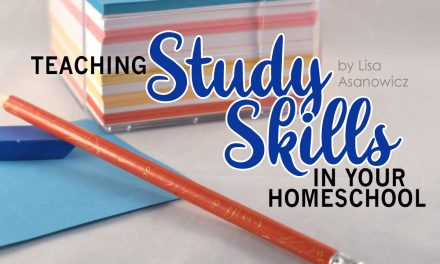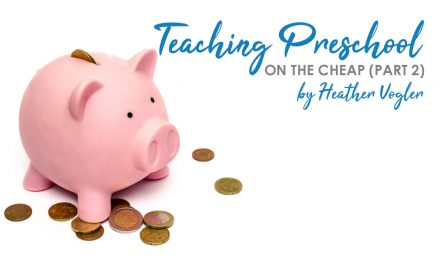So your children are in school in a classroom and the first semester has been a little rough. You need to make a change. What should you do? Where should you go? What should you buy? Every fall we hear these comments from parents who have children in a classroom setting and who are considering home education. Here are a few suggestions to help you get going on the homeschooling path mid school year.
The first thing you want to do is check with your state homeschooling organization or Homeschool Legal Defense Association to find out your state’s legal requirements. States have different laws and guidelines, so be sure to find out your state’s laws. If your goal is to continue homeschooling, your state homeschool organization or HSLDA will be the most helpful sources for information. If your goal is to homeschool for a semester or two and then go back to the classroom, you will want to check with your local or regional office of education. They may require certain things for classroom reentry that aren’t required if you continue to homeschool.
Most of what we sell at Rainbow is full-year curriculum or supplemental, which may not be exactly what you are looking for. Many parents call or e-mail and ask for 1/2-year curricula. This isn’t something that we offer in bundles, but here are some suggestions to help you get started.
Math and Reading are the two areas you will want to focus on, no matter the grade. There are some math courses that offer their products by semester, but you would want to do a placement test to see where to begin. There are several math programs that just assume that you are going in at grade level, so no placement tests will be available. Many times, if you know what curriculum was used in the classroom, you can continue in that same vein – if it is available on the homeschool market.
Reading and comprehension are foundational for other subjects, so you want to keep up on these specifically. For younger ones, you probably want phonics as part of your reading curriculum. There are several options. Just choose according to the student’s and parent’s needs. Unfortunately, phonics and reading curriculum can be tricky to jump into. In many cases, there is no placement test to determine where to begin, so it is assumed you would jump in at grade level. Depending on the curriculum used in the classroom you are exiting, concepts that have been covered may vary. You could begin a grade-level appropriate curriculum, work on the lessons in the order presented, and when you hit a lesson that seems like review, you can move on. You may not need to spend as much time on some of the lessons because they were covered while in the classroom.
There are several reading curriculum options. For students learning to read, All About Reading is probably the most popular phonics-based reading program we have at this time. A reading placement questionnaire helps with finding the proper level. If your child is reading at grade level, you can jump into any number of reading programs, at grade level, just to keep the ball rolling. Some of those curricula are Christian Light, Elson Readers, and Pathway Readers, just to name a few. Another option is to do literature guides with real books. Let your student help you choose age-appropriate books and purchase a literature guide for comprehension purposes. This is a good option for older students and for those children who really like to read. Typically, the suggestion would be to select 2 books to 3 books per semester (using guides).
Science and history requirements are very different from state-to-state. For many levels, you can use library books on history and science topics and reinforce with writing and your own activities. Many home educators like to build their own lessons in these two areas. Select something as a framework or structure and something that offers some written work to reinforce concepts within the framework. Then you can consider supplemental products to just finish the school year. Supplements aren’t a complete curriculum, but they will help you finish the school year and give you time to research and scope out your curriculum for the next school year.
We know there are many options available, and this article only gives you a handful of suggestions. Give us a call and one of our knowledgeable consultants can help you sort your way through options that might be the best fit for you and your family.





